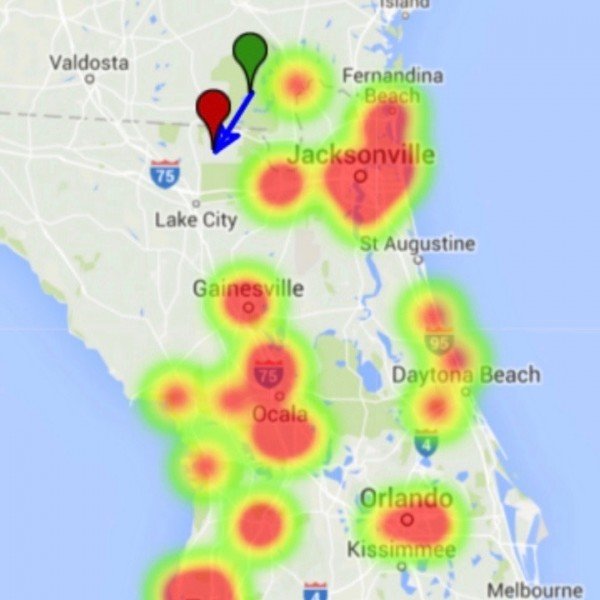
© NASANASA image of a fireball from a past meteor shower.
On Feb. 6, 2016, around 14:00 UTC, a tiny chunk of interplanetary material plunged into Earth's atmosphere and burned up — likely exploding — about 30 kilometers above the Atlantic Ocean. T
he energy released was equivalent to the detonation of 13,000 tons of TNT, making this the largest such event since the (much larger) Chelyabinsk blast in February 2013.OK, so first, off: Don't panic! As impacts go, this was pretty small*. After all, you didn't even hear about until weeks after it occurred. Events this size aren't too big a concern. Had it happened over a populated area it would've rattled some windows and probably terrified a lot of people, but I don't think it would've done any real damage.
For comparison, the Chelyabinsk explosion, which was strong enough to shatter windows and injure over 1000 people (due to flying glass), had an equivalent yield of 500,000 tons of TNT, 40 times the energy of this more recent impact.
The event was reported on the
NASA/JPL Near-Earth Object Fireball page, which lists some of the brightest such things.

Comment: Within the past week other meteor fireballs have been observed in the region, over southern Spain and Portugal, Morocco and southern France.